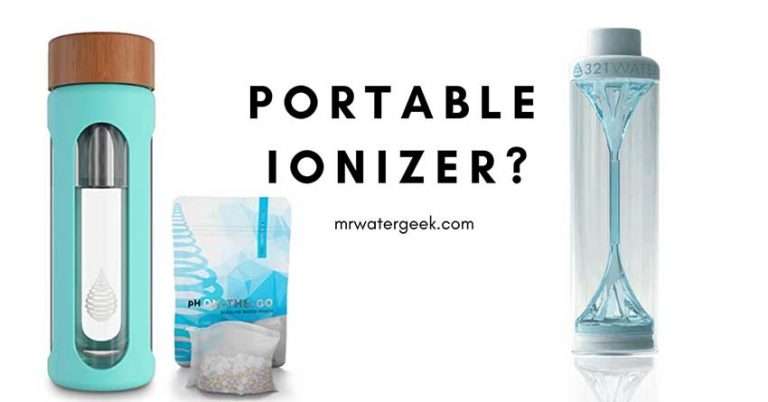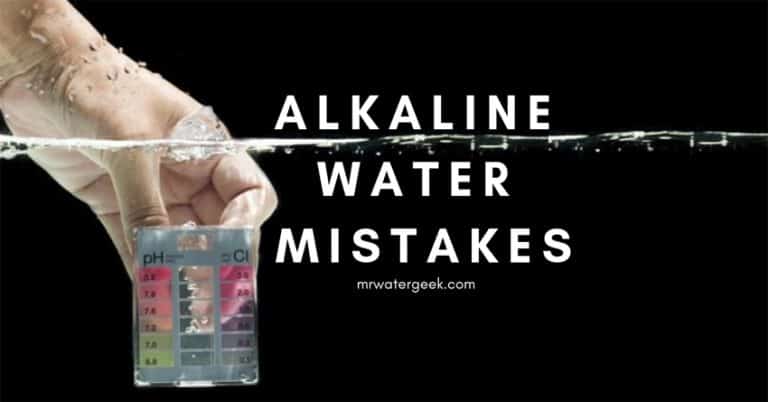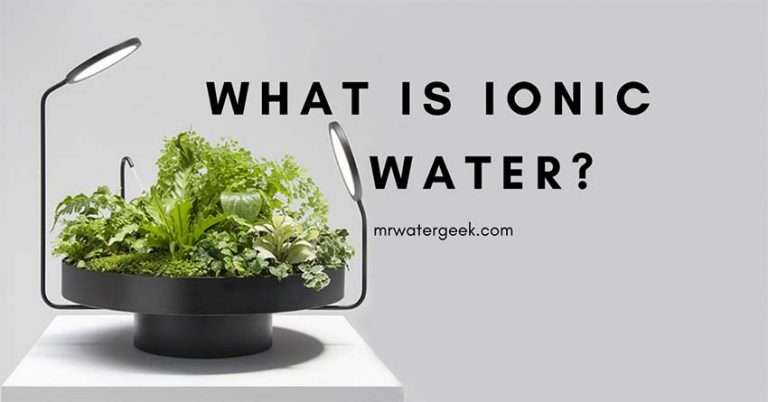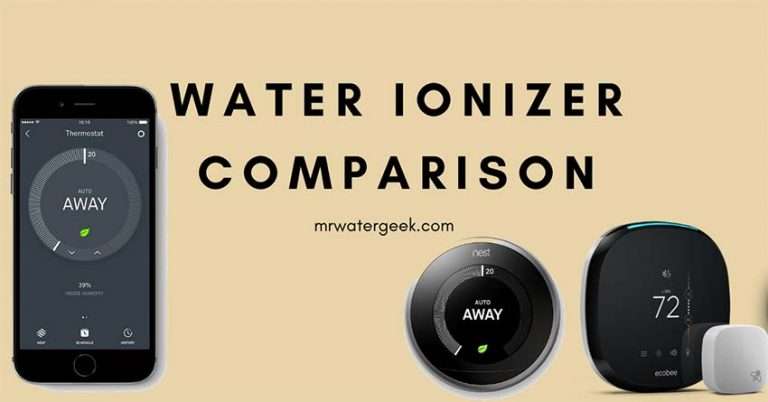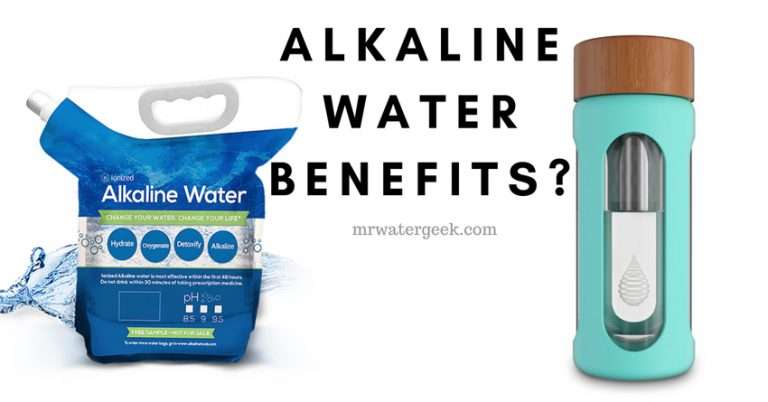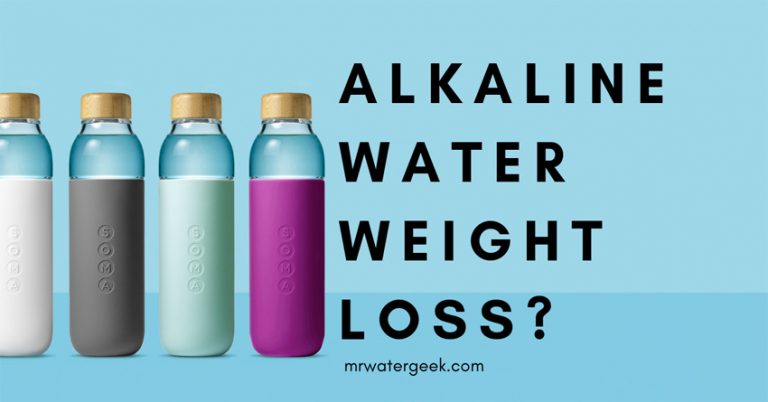Make Alkaline Water for FREE in Under 1 Minute
How To Make Alkaline Water
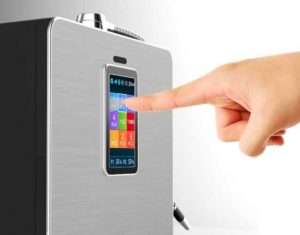 PLEASE NOTE: making this type of water does not mean any impurities have been removed. So only do the first 3 methods with already filtered water to be safe.
PLEASE NOTE: making this type of water does not mean any impurities have been removed. So only do the first 3 methods with already filtered water to be safe.
If time is an issue then I’ve also added some methods that get instant results. For instance, using an alkaline water filter machine.
1. Use Baking Soda To Make Alkaline Water (Under 1 Minute)
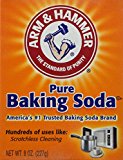 This has to be by far one of the simplest ways to make alkaline water. Just mix water with baking soda or sodium bicarbonate. This ingredient has a pH level of 9 so will also increase the pH level of your water.
This has to be by far one of the simplest ways to make alkaline water. Just mix water with baking soda or sodium bicarbonate. This ingredient has a pH level of 9 so will also increase the pH level of your water.
If you don’t have any at home, they can easily be picked up in a store or check here for the lowest prices.
- The ratio you need is ½ tablespoon of baking soda per gallon.
- Mix it vigorously so that the baking soda is completely dissolved.
- Once dissolved, it’s ready to drink 🙂
![]()
2. Use Lemons To Make Alkaline Water (8-12 Hours) 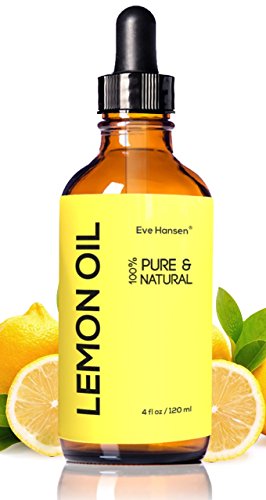
Another super easy method is to use lemons. This might seem weird because lemons taste acidic. Yes, this is true but lemons are also anionic so will make your liquid alkaline. If you don’t have lemons to hand you can try some food grade 100% pure lemon drops.
- Cut up a whole lemon into 8 slices.
- Put the lemon slices in the water pitcher (don’t worry about squeezing them).
- Seal the pitcher shut and let it sit for 8-12 hours at room temperature.
- Your water is ready to drink after this allotted time is up 🙂
Because it takes up to 12 hours, it is best to let it sit over night. This means you can drink it first thing in the morning. Aside from making water alkaline, lemon water also has many other benefits. For instance, it contains potassium that is good for our brains and vitamin C, which is a powerful antioxidant. (Read: Why You Should Drink Warm Lemon Water Before Bed)
![]()
3. Use Alkaline Drops To Make Alkaline Water (1 Minute)
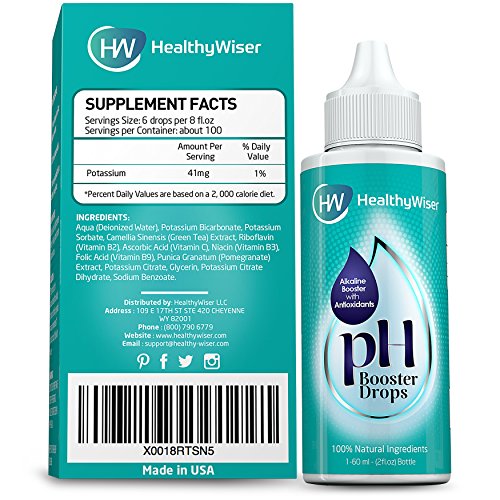 If you still want to make alkaline water yourself but don’t fancy waiting for hours then alkaline pH drops will give you immediate results. You can easily get these in a convenience store or buy them online (click here for the best prices). Each drop contains a highly concentrated alkaline solution.
If you still want to make alkaline water yourself but don’t fancy waiting for hours then alkaline pH drops will give you immediate results. You can easily get these in a convenience store or buy them online (click here for the best prices). Each drop contains a highly concentrated alkaline solution.
There should be clear instructions on the bottle you have. This should include detailed directions and the exact amount of drops that you should use.
If there are no instruction, here are my suggestions:
- Put 1 drop of the solution into a litre of water.
- Shake or stir it until fully dissolved.
- That’s it, you now have alkalized drinking water 🙂
NOTE: that there is no way to tell the quality of the alkaline water you make unless you have a [pH strip] to hand or for better results use an alkaline machine.
![]()
4. Alkaline Water Ionizer Machine (Less Than 1 Minute)
This is the way to go if you want something more sophisticated than learning how to make alkaline water. A water ionizer alkaline machine will let you set which pH level of water you want.
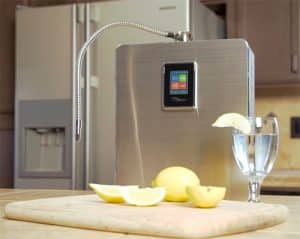 Unlike all the other DIY alkaline water methods mentioned so far, this machine will filter the water for you too.
Unlike all the other DIY alkaline water methods mentioned so far, this machine will filter the water for you too.
They are easy to set up and install straight from the box. All you need to do is attach it to your sink and use the water from it’s faucet.
This is also an ideal solution if you want to use alkaline water for more than drinking but cooking too (Read: Here is The BEST Alkaline Water Machine (With PROOF!)).
What is Alkaline Water?
Alkaline water is water that is less acidic than regular everyday tap water and most likely rich in compounds like bicarbonate, silica and potassium.
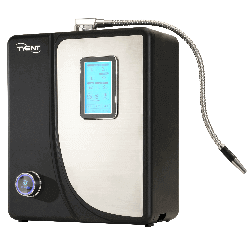 Depending on its pH (power of hydrogen or potential hydrogen) level, water can either be acidic or alkaline. pH refers to the amount of hydrogen ions contained within the substance.
Depending on its pH (power of hydrogen or potential hydrogen) level, water can either be acidic or alkaline. pH refers to the amount of hydrogen ions contained within the substance.
On a pH rage of 1-12, level 7.0 indicates neutral, acidic is below 7 and alkaline above7.
Tap water usually ranges between 6.5-8.0 on the pH scale. However, it can be very acidic and contain metals from your home plumbing and pipes. Such metals are not healthy for human consumption.
That is why it is best to filter tap water and perhaps even reduce its acidity by making it alkaline.
How To Check Your Water pH
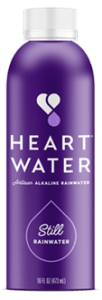 A good way to be sure about the pH level of your water is use a pH test strip and find out.
A good way to be sure about the pH level of your water is use a pH test strip and find out.
Use this as a starting point so you know if the end result has worked.
Remember that a pH level of:
- 1.0 – 6.0 = high acidity.
- 7.0 – 8.0 = neutral.
- 8.0-12.0 = alkaline.
![]()
Drinking Alkaline Water Side Effects?
 Some reports talk about the possibility of accidentally consuming too much alkaline water.
Some reports talk about the possibility of accidentally consuming too much alkaline water.
This can create an unpleasant side effect on your body if your pH is thrown off balance.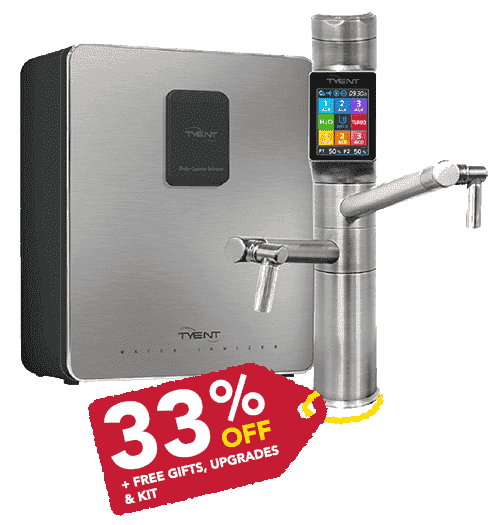
Included effects are: urinary tract issues, bladder infections and hypertension.
However, this is in extreme cases and unlikely to happen if you only drink a modest amount of water.
One suggestion is to regularly switch between drinking normal filtered water to alkaline water just in case.
Which is The Best Alkaline Water Machine?
When it comes to machines my favourite is the Tyent UCE-13 Plus.
It is by far the most durable ionizer machine with very good customer reviews of any ionizer unit I’ve ever seen.
![]() Produces alkaline water at pH ranges from 1.7 and 12.5.
Produces alkaline water at pH ranges from 1.7 and 12.5.
![]() Everything needed to set up is in the package and you can set it up in under.
Everything needed to set up is in the package and you can set it up in under.
![]() No mess and easy direct conn
No mess and easy direct conn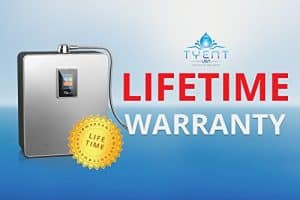 ection to faucets.
ection to faucets.
![]() It comes with a generous ridiculous ‘FOREVER LIFETIME WARRANTY’!?
It comes with a generous ridiculous ‘FOREVER LIFETIME WARRANTY’!?
**UPDATE: This offer is ENDING Soon** Buy any Tyent alkaline machine direct from their website and you will get a bunch of FREE stuff (highlighted below).
Coupon code: WaterGeek.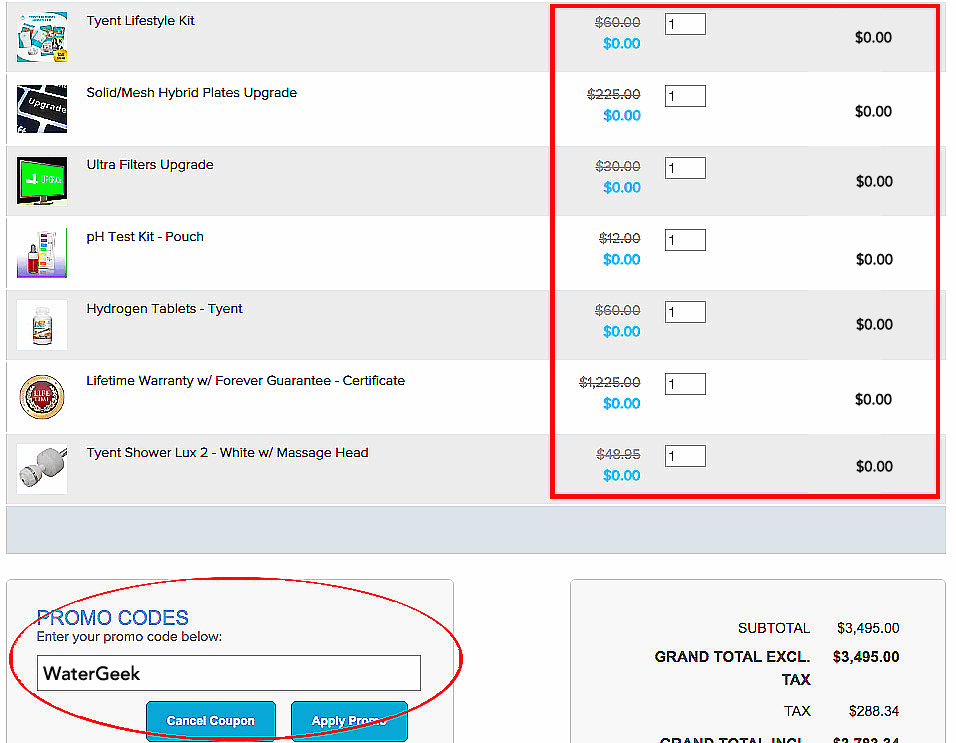
![]()
References
Jackson G. Alkaline foods for the alkaline diet: fell the pH miracle of the healthy pH diet. Createspace Independent Publishing Platform, 2014.
Sherman H, Gettler A. The balance of acid-forming and base-forming elements in foods, and its relation to ammonia metabolism. J Biol Chem 1912;11:323–3
Lee H & Kang M. Effects of the magnetized water supplementation on blood glucose, lymphocyte DNA damage, antioxidant status, and lipid profiles in STZ-induced rats. Nutr Res Pract 2013;7:34-42.
Alkaline products: Healthy or all wet? Consumer Reports on Health. January 2013. 6.
Bond T, et al. Occurrence and control of nitrogenous disinfection by-products in drinking water – a review. Water Research 2011;45:4341-4354.

